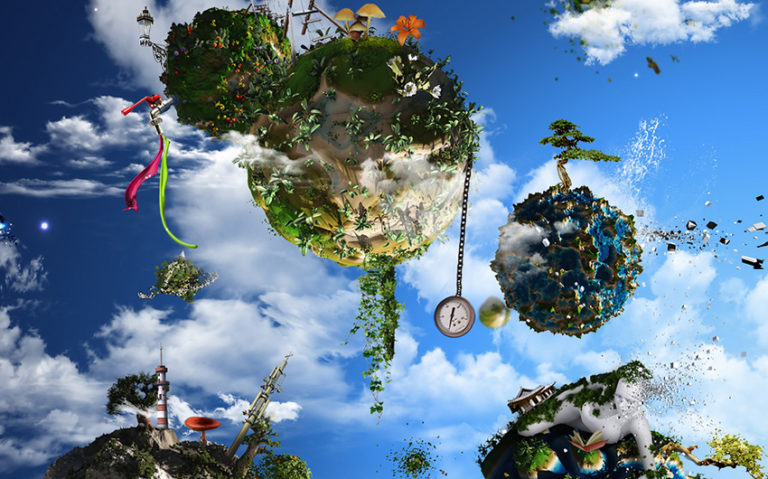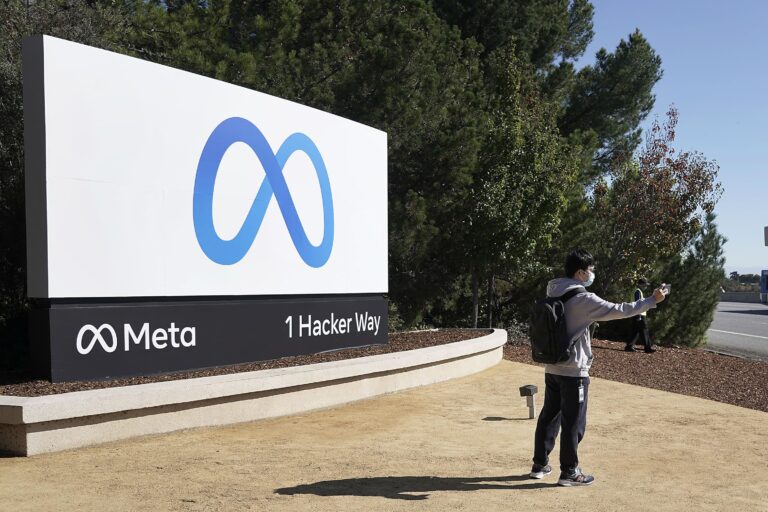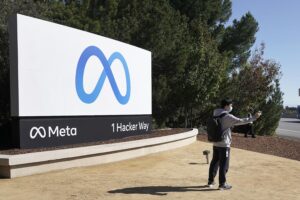Fragmentation getting worse not better.
- Despite Google’s best efforts, the situation with fragmentation in Android devices appears to be materially worsening, further reinforcing the need for Google to take Android completely proprietary.
- Fragmentation in Android comes in two forms:
- First, vertical fragmentation: this refers to the number of older versions of software that are still active and is exacerbated by a failure to update existing devices to the latest version.
- Second, horizontal fragmentation: this refers to changes made to Android by different device makers to bring their products to market.
- This results in a differing and inconsistent levels of performance from one device to another despite running exactly the same version of software.
- Both vertical and horizontal fragmentation have a substantial and deleterious impact on the user experience and in my opinion are the main reason why the user experience on Android continues to meaningfully lag that on iOS.
- Analysis by programmer Dan Luu (see here) is the clearest indication yet that instead of getting better, it appears to be getting worse.
- I had already partially noticed this when I calculated that at the rate at which Android 8.0 is being adopted, it will take 5 years to fully penetrate Google’s own user base (see here) compared to 4 years for other versions.
- Dann Luu’s analysis is much more granular and his chart clearly shows that for the latest version (far right-hand side), the update trajectory is meaningfully slower than for all of the previous versions.
- Previous versions have seen a much more rapid update pattern leaving me to conclude that either the number of devices being updated has suddenly declined or that manufacturers have started making new devices using old software.
- Either way, the effect will be the same which is more devices running older software meaning that Google innovations that require a change in the OS to function, will take at least 5 years to make it into the hands of all its users.
- This will allow iOS to continue comfortably outperforming Google Android on the RFM Laws of Robotics that test the user experience leaving this as major point of differentiation for Apple.
- Furthermore, it will also ensure that Google continues to underperform its revenue generation potential on Android devices leading to lower revenues and profits.
- The more time goes by and the worse this problem becomes, the more I think that the only solution is for Google to take Android fully proprietary and put to bed the fragmentation issue once and for all.
- This is how Google could begin to see significant revenue upside from its own Google Android devices as well as close the gap to Apple.
- Its own efforts in hardware are unlikely to have nearly the same impact simply because its volumes are so small.
- I continue think that Google’s shares remain pretty fairly valued and prefer instead Tencent, Microsoft and Baidu.









Blog Comments
Tim Nash
November 15, 2017 at 3:43 pm
These days Google is a Machine Learning company funded by advertising. So the disadvantage of Android fragmentation is largely how that affects the captured data. Where Android manufacturers install Google apps this is probably not too much of an issue.
For Android manufacturers, they are building phones to a price point. In the mid to low end, this will mean using older components. So it makes sense to use a version of Android which runs quickly on those components, which will rarely be the latest. So fragmentation is likely to continue.
From this perspective Google Play and Pixel are self funding experiments. Pixel, for example, showing the benefits of ML with selfies.
IMO Google will keep the current propagation model for Android – its not worth the fight with manufacturers and governments.